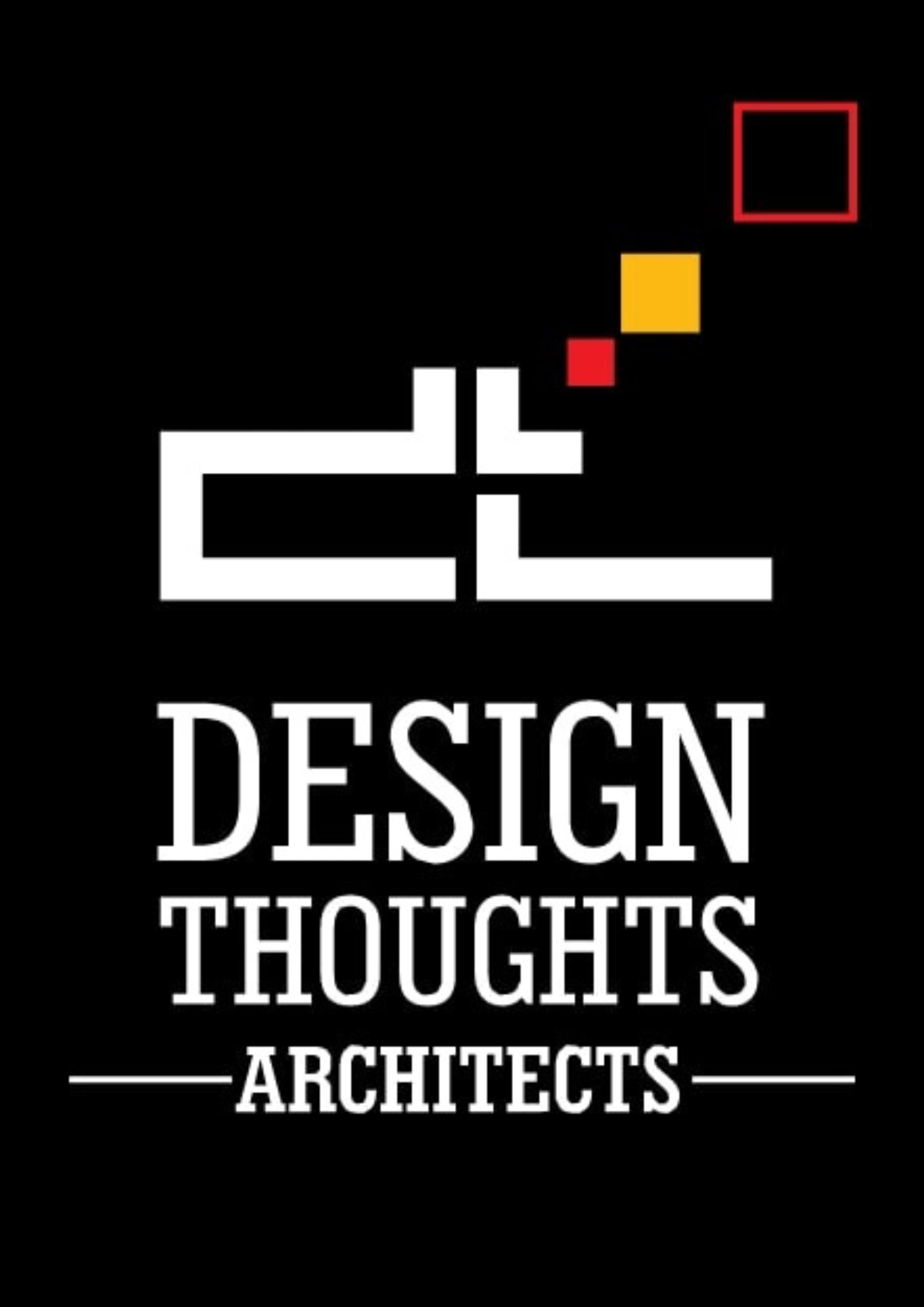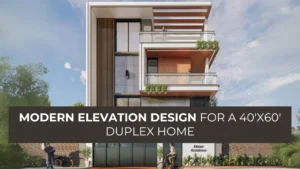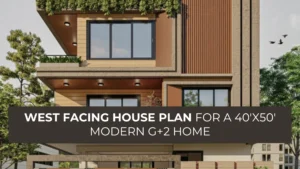Starting on the journey of building home is a momentous decision, and one of the initial considerations is often the architectural style that will define the essence of the residence. The choice between classic and modern styles, or even a fusion of both, plays a pivotal role in shaping the character and aesthetic of the home. Each style brings its own set of design principles, influences, and timeless elements. As you contemplate the prospect of building your home, the decision to embrace a classic, modern, or blended approach reflects not just a choice in architecture building home but a statement about your lifestyle, preferences, and the ambiance you seek to create within the walls of your future home.
The comparison between classical and modern style houses encompasses various architectural, design, and lifestyle elements. As we explore the contrast between these three distinct architectural styles, we uncover not solely the various features distinguishing classical, modern and Neo- classical building home but also the cultural, lifestyle, and philosophical influences that guide homeowners’ decisions.
Here’s a breakdown of the key differences between classical style, modern and Neo- classical houses-
Classical Style-
Classical design style refers to a timeless and enduring aesthetic that draws inspiration from classical art and architecture in building home. It often reflects the design principles of ancient Greek and Roman civilizations and is characterized by symmetry, columns, rectangular windows, and marble.

Features
Classical architecture prized concepts like boldness, humility, and intellect. Some of these key elements include the following.
- Order and Proportion:
Classical design adheres to specific orders of columns, such as Doric, Ionic, and Corinthian, each with its own proportions and decorative details. Classical design places a strong emphasis on balance and symmetry. - Rectangular windows:
Windows were often double-hung and included a variety of symmetrical window configurations. - Front porch topped with a pediment:
Many homes and buildings feature a full-height front porch that is set with a classical pediment at the top. The door is usually positioned at the center of the house.

Budget
Here are some tips for managing budget limitations in building home in classical architecture-
- Material Selection-
Opt for cost-effective alternatives to traditional materials. While classical architecture often involves premium materials like marble, consider substitutes that mimic the appearance without the high cost.
- Simplified Details-
Focus on key classical elements rather than intricate details that can be expensive to execute. Simplified versions of moldings, columns, and other ornamental features can be more budget-friendly.
- Prioritize Key Areas-
Concentrate on incorporating classical features in key areas that have a significant impact, such as the entrance or front facade.
Scale
Certain considerations in building home can help determine an appropriate scale for a classical-style home are-
- Adequate Space for Classical Features-
Classical architecture often incorporates grand entrances, symmetrical facades, and other distinctive features. Ensure that the plot size allows for the inclusion of these classical elements without making the house feel cramped.
- Proportionality-
Choose a plot size that allows for well-proportioned facades and spaces. Avoid plots that are too narrow or irregular in shape, as they may compromise the classical aesthetic.
- Setback Requirements-
Check local zoning regulations and setback requirements. Classical homes often benefit from a sense of openness in the front yard, so ensure that there is sufficient setback space to maintain this classical characteristic.
Life style
The lifestyle in a classical design style building home is often influenced by the timeless and elegant features inherent in classical architecture. Here are some ways in which lifestyle is impacted by a classical design style-
- Elegance and Sophistication-
Residents of a classical-style home may feel a heightened sense of refinement and classic beauty, influencing their lifestyle choices and preferences.
- Formal and Traditional Living Spaces-
Classical homes often feature formal living spaces with distinct areas for specific functions. This layout can influence a more traditional and structured lifestyle, encouraging a separation of formal and informal activities.

LOOKING FOR THE BEST RESIDENTIAL ARCHITECTS IN BANGALORE?
Choose Design Thoughts Architects, the top residential architects in Bangalore, leading choice for premium home design.

Modern Style-
Modern design style, often referred to as “modernism,” is an architectural and design movement that emerged in the early to mid-20th century. It is characterized by a focus on simplicity, clean lines, functionality, and the use of modern materials in building home.

Features-
Modern style design houses are characterized features that reflect contemporary aesthetics, functionality, and a commitment to simplicity. Here are key features of modern style design houses:
- Industrial Materials-
Modern design frequently incorporates industrial materials such as steel, glass, and concrete. These materials are celebrated for their functionality and contribute to the overall sleek and contemporary look. - Flat or Low-Pitched Roofs-
Modern building home typically have flat or low-pitched roofs, deviating from the traditional peaked roofs found in other architectural styles.
- Open Floor Plans-
Modern architecture often features open floor plans, eliminating unnecessary walls and creating a sense of spaciousness.

Budget
- Open floor plan-
Embrace open floor plans, a characteristic of modern design. This design choice can reduce the need for excessive walls and doors, potentially saving on construction costs. - Simplicity in Design-
Focus on clean lines and minimalistic features, as elaborate details can be costly. - Standardized Plans-
Explore standardized or pre-designed plans. These plans often come with cost savings compared to custom designs, while still incorporating key elements of modern architecture.
Scale
- Architectural Design-
Consider the design concept of the modern-style house. Modern design often emphasizes open spaces, clean lines, and a seamless connection between indoor and outdoor areas. Ensure that the plot size accommodates the intended architectural features and layout.
- Neighborhood Context-
Evaluate the scale of neighboring properties and the overall character of the neighborhood. The modern-style house should fit harmoniously within the context, neither overpowering nor appearing too inconspicuous.
- Zoning Regulations-
Check local zoning regulations to understand any minimum plot size requirements. Zoning laws may dictate the setbacks, building height restrictions, and overall site coverage, which can influence the scale of the plot.
Lifestyle
Here are ways in which lifestyle can be affected by living in a modern-style house:
- Open and Airy Spaces-
Modern design often features open floor plans that create a sense of spaciousness. Residents may adopt a more fluid and interconnected lifestyle, with seamless transitions between living spaces.
- Indoor-Outdoor Living-
Modern homes often emphasize a connection to the outdoors with large windows, glass doors, and outdoor living spaces. This can encourage residents to enjoy outdoor activities and bring nature into their daily lives.
- Minimalist Aesthetic-
The minimalist and clutter-free aesthetic of modern design can influence lifestyle choices. Residents may adopt a simplified approach to belongings and prioritize functionality in their living spaces.

Neo-Classical Design Style-
Neo-Classical design style, also known as Neoclassicism, is a classical art and architecture of ancient Greece and Rome, seeking to revive the aesthetic principles of that era while incorporating a more contemporary interpretation. It is characterized by a focus on symmetry, proportion, and the use of classical elements, such as columns, pilasters, pediments, and ornate detailing.

Features-
- Columns and Pilasters-
Use of columns, typically of the Ionic, Doric, or Corinthian orders, and pilasters to evoke the grandeur of classical architecture. Adherence to classical proportions and ratios, aiming for a sense of harmony and balance in design. - Marble and Stone Finishes-
Use of high-quality materials like marble and stone to convey a sense of luxury and permanence. - Grand Entrances-
Emphasis on grand entranceways with elaborate door surrounds and porticos. - High Ceilings-
Incorporation of high ceilings to create a sense of openness and grandeur within interiors.

Budget
- Consider Alternative Columns-
Explore alternatives to solid stone or marble columns, such as fiberglass or composite materials, which can offer a similar aesthetic at a lower cost.
- Simplify Architectural Details-
Simplifying moldings and decorative elements can be a cost-effective approach. - Use Prefabricated Elements-
Utilize prefabricated architectural elements, such as pre-made columns or pediments, to save on labor costs and material expenses.
Scale
- Proportions of Classical Elements:
A larger plot allows for these features to be designed in a way that respects classical principles without compromising on visual impact.
- Space for Landmark Features:
If the neo-Classical design includes landmark features like a circular driveway or large courtyard, a larger plot allows for the incorporation of these elements without crowding the space.
- Privacy Considerations:
Ensure that the plot size provides adequate privacy for the occupants. Neo-Classical designs often include large windows and open spaces, and a larger plot can help maintain a sense of seclusion.
Lifestyle
- Attention to Detail:
The intricate details of neo-Classical design, such as ornate moldings and classical motifs, may influence a lifestyle that pays attention to detail in both design and personal preferences.
- Classic Furnishings:
The interior design of a neo-Classical house often complements classical architecture with traditional and elegant furnishings. The lifestyle may involve a preference for classic furniture and decor.
- Well-Defined Spaces:
The formal layout of neo-Classical homes may shape a lifestyle that values well-defined spaces for specific purposes, such as formal living rooms, dining rooms, and studies.

Conclusion-
In conclusion, the decision to build a home in a classic style, modern style, or a fusion of both is a deeply personal choice that encompasses considerations beyond mere architectural preferences. It also depends on the budget, workmanship and current trend, and it involves a thoughtful reflection on lifestyle, values, and the ambiance one envisions within the walls of their future house.
Opting for a classic style may reflect an appreciation for timeless elegance, symmetry, and the enduring beauty inspired by historical civilizations. On the other hand, choosing a modern style signifies a preference for clean lines, simplicity, and a forward-thinking approach to design.
The option of combining both classic and modern styles reflects a desire for a unique and eclectic home that blends the best of Neo- classical style. This approach allows for the integration of classical elements with modern conveniences, creating a space that is both timeless and cutting-edge.
Ultimately, the decision is a journey of self-discovery, where individuals explore not only architectural aesthetics but also the very essence of how they wish to live and interact within their home.
Invitation Request
Get in Touch Now: Feel free to connect with us today, one of the Modern Residential Architects in Bangalore. Our dedicated team is ready to provide additional details regarding our services.
Explore Our Website: Take a deeper dive into our portfolio and explore our past projects by visiting our website.
Stay Connected on social media: Stay in the loop with our latest updates, trends in contemporary house design, and developments by subscribing to our YouTube Channel and follow us on our social media platforms Facebook, Instagram, Pinterest, and Houzz.











